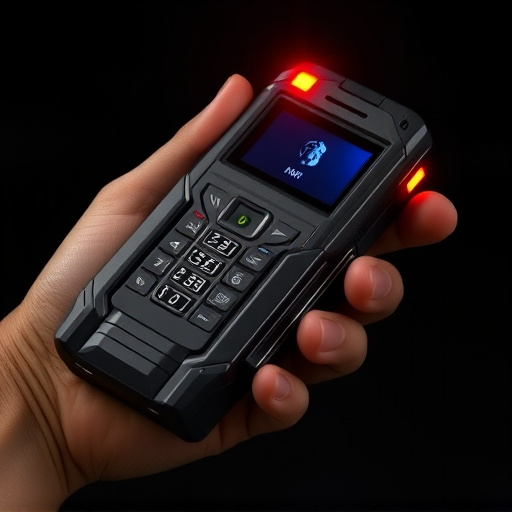A stun gun designed to look like a cell phone utilizes precise electrical pulses in the 100-300 kHz range to temporarily incapacitate targets. This technology offers versatility, allowing users to adjust pulse frequency and duration for different scenarios and target sizes. Its discreet nature, leveraging cellular aesthetics, enables easy carriage and provides a practical, silent self-defense option while emphasizing safety through specific operational ranges and user education to mitigate potential risks.
“Stun guns, powerful tools for personal safety, operate through precise electrical pulses. This article delves into the intricate world of these devices, focusing on the critical component: frequency. From understanding how pulse rate influences stun gun effectiveness to exploring innovative designs like the discreet stun gun that mimics a cell phone, each section offers valuable insights. We also dissect safety considerations, emphasizing the importance of knowing pulse frequency limits and associated risks. Get ready to unlock the secrets behind these life-saving tools.”
- Stun Guns and Their Operation: Unlocking the Electrical Pulse
- The Role of Frequency: How It Impacts Stun Gun Effectiveness
- Designing a Discreet Stun Gun: The Cell Phone Mimicry
- Safety Considerations: Understanding Pulse Frequency Limits and Risks
Stun Guns and Their Operation: Unlocking the Electrical Pulse
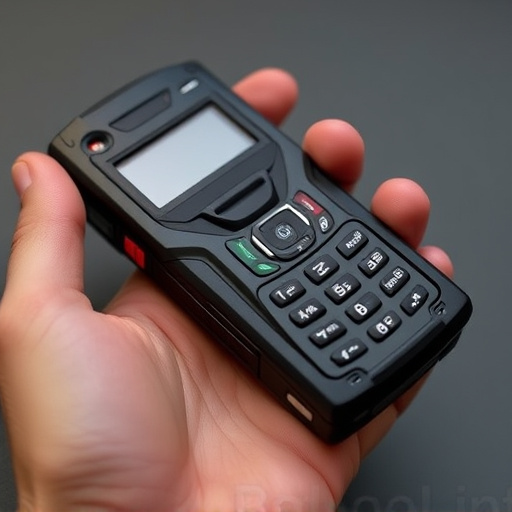
Stun guns, often disguised as everyday objects like flashlights or even cell phones, operate on a principle of delivering powerful electrical pulses to immobilize targets. These devices use high-voltage, low-current electrical energy to disrupt muscle control in the body, causing temporary paralysis and pain. The key to their effectiveness lies in the frequency and duration of these pulses.
A stun gun that looks like a cell phone typically generates electrical pulses at specific frequencies, usually ranging from 100 to 300 kilohertz (kHz). This range is carefully chosen to ensure maximum efficiency without causing permanent damage. The pulse width can vary as well, with shorter durations delivering more intense but brief shocks, while longer pulses may be less powerful but last longer. This flexibility allows users to adapt the device’s settings to different situations and target sizes.
The Role of Frequency: How It Impacts Stun Gun Effectiveness
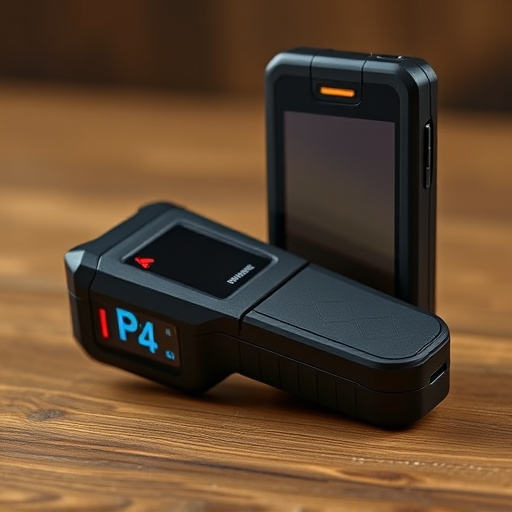
The electrical pulse frequency plays a pivotal role in determining the effectiveness of a stun gun, particularly for innovative designs like stun guns that look like cell phones. These compact and unassuming devices utilize specific frequencies to deliver powerful jolts, ensuring their impact is both immediate and effective. Higher frequencies tend to increase the intensity of the shock, allowing for faster incapacitation. This is crucial for self-defense scenarios where swift action is essential.
The optimal frequency range for stun guns typically falls between 100 to 300 kHz. This range offers a balance between energy delivery and minimizing potential collateral damage. Stun guns that resemble cell phones often employ customizable frequencies, enabling users to adapt to different situations and resistances. Such versatility is particularly beneficial in urban environments where factors like weather or physical barriers might affect the device’s performance.
Designing a Discreet Stun Gun: The Cell Phone Mimicry
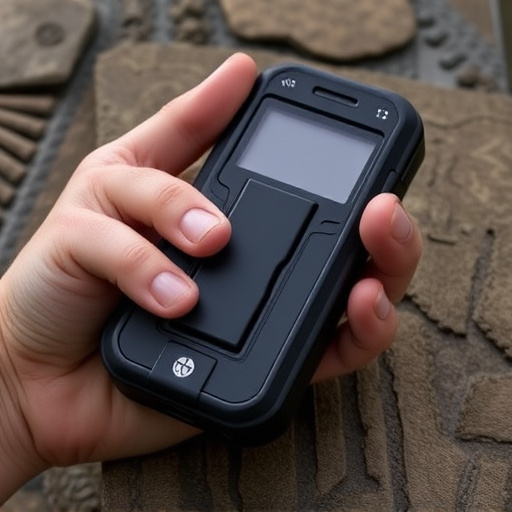
When designing a discreet stun gun, one innovative concept involves creating a device that mimics the appearance of a common cell phone. This strategy not only serves practical purposes but also adds a layer of stealthiness to its functionality. By shaping the stun gun like a modern smartphone, it becomes easier for users to carry it around without drawing unnecessary attention. The slim design allows it to fit comfortably in pockets or purses, making it an ideal self-defense tool for those who want a silent and unassuming protection.
This approach leverages the widespread use of cell phones to conceal a powerful defense mechanism. A stun gun that looks like a cell phone blends seamlessly into everyday carry items, ensuring users can have peace of mind without compromising on safety. This mimicry also opens up design possibilities for enhanced usability, incorporating familiar features and aesthetics to create a user-friendly device that stands out less than traditional stun guns while offering the same powerful jolt.
Safety Considerations: Understanding Pulse Frequency Limits and Risks
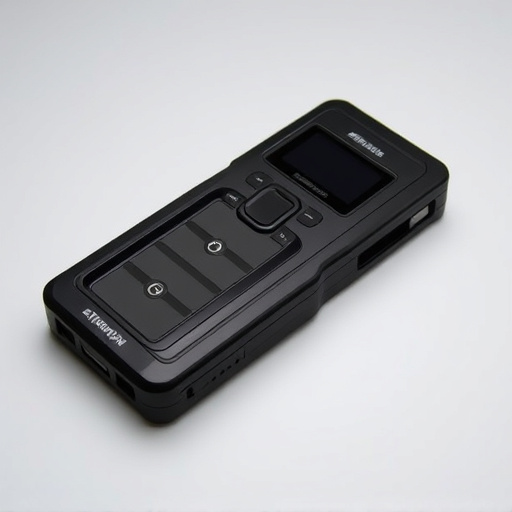
When considering the safety aspects of stun guns, especially those designed to resemble cell phones, understanding pulse frequency is paramount. These devices emit electrical pulses to disable or stun a target, and the frequency at which these pulses are delivered plays a crucial role in effectiveness and potential risks. Stun guns that look like cell phones often operate within a specific frequency range, typically between 100 kHz and 3 MHz. Higher frequencies can increase the intensity of the stun but may also raise safety concerns, as extremely high-frequency pulses could potentially cause more severe side effects, such as muscle contractions or cardiac disruption.
The risks associated with pulse frequency become especially relevant when considering misuse or accidental activation against sensitive areas like the eyes or heart. Therefore, users must be educated on the limitations and risks of their stun guns, adhering to safety guidelines that include maintaining proper training, storing devices securely, and understanding the physical constraints of their device’s design.
In conclusion, understanding the electrical pulse frequency in stun guns is key to unlocking their effectiveness and safety. The article has explored how frequency impacts stun gun performance, highlighting the importance of designing discreet devices, such as a stun gun that looks like a cell phone, for enhanced portability and surprise factor. Safety considerations, including pulse frequency limits, underscore the need for responsible use and awareness of potential risks. By balancing these factors, users can ensure the optimal and secure deployment of stun guns in various scenarios.
